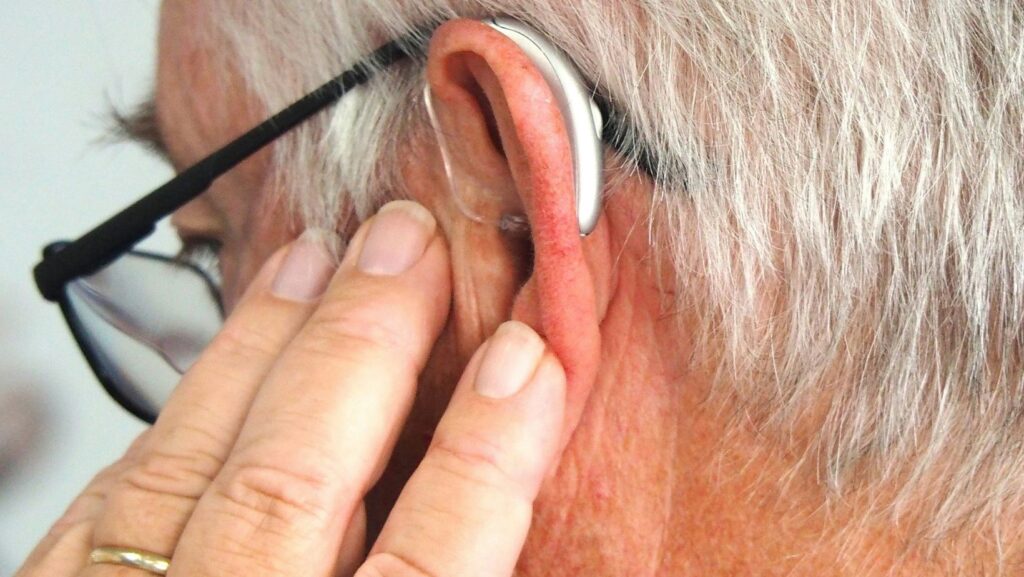Oticon domes play a significant role in enhancing the functionality and comfort of hearing aids. These small yet vital components ensure the devices fit snugly and effectively deliver sound. The importance of Oticon domes often goes unnoticed, but their impact on sound quality and user experience cannot be overstated. Whether you’re new to hearing aids or a seasoned user looking to improve performance, understanding Oticon domes can make a noticeable difference.
This guide will explore everything about Oticon domes—from their design and benefits to the variety of options available. Additionally, maintaining and replacing them properly ensures their optimal function.
What Are Oticon Domes?
Oticon domes are silicone tips that attach to the end of hearing aid receivers. Their primary function is to sit comfortably inside the ear canal and deliver clear, crisp sound. Unlike the standard parts of hearing aids, Oticon domes are specifically designed to improve both hearing aid comfort and acoustic performance.
Hearing aids are only as effective as their components, and Oticon domes bridge the crucial gap between clear sound transmission and comfortable wear.
The Benefits of Oticon Domes
Oticon domes are designed with user comfort in mind. Their soft, flexible silicone material ensures a secure yet gentle fit, allowing extended periods of wear without discomfort. For individuals who use hearing aids throughout the day, Oticon domes provide that all-important comfort.
Sound quality is one of the key considerations when choosing hearing aids, and Oticon domes contribute significantly to this area. By forming a better seal within the ear canal, Oticon domes prevent sound leakage and maximize hearing clarity. This ensures users experience the intended sound output without distortion or interference.
One of the standout features of Oticon domes is their adaptability to different hearing requirements and personal preferences. Various types of domes are available, each tailored to specific needs, ensuring that users receive the optimal solution for their conditions.
Oticon domes are straightforward to replace, which is another advantage. Frequent replacement ensures hygiene and continued effectiveness, requiring little effort from users to maintain proper hearing aid performance.
Types of Oticon Domes
Finding the right type of Oticon domes is crucial for hearing aid performance and overall satisfaction. There are several types of domes available to suit various requirements:
Open domes allow some natural sound to pass through while amplifying specific frequencies that need assistance. These domes are ideal for individuals with mild to moderate hearing loss who want to maintain a more natural sound experience.
Closed domes offer a tighter seal in the ear canal, reducing sound leakage and external noise. These are suited for individuals with more pronounced hearing loss, as they provide better sound amplification.
Power domes are designed for those with severe to profound hearing loss. They provide the most secure seal and the highest level of amplification, ensuring that users hear even the faintest sounds clearly.
Double vent domes include small vents that balance sound clarity and pressure. This option offers a middle ground, suitable for users seeking enhanced sound quality without sacrificing comfort.
When Should Oticon Domes Be Replaced?
Oticon domes require regular replacement to ensure optimal performance and hygiene. The frequency of replacement depends on factors like daily usage, earwax buildup, and skin condition. On average, Oticon domes should be replaced every two to four weeks. Failure to replace them may negatively impact sound quality and comfort.
Signs that it’s time to replace Oticon domes include discoloration, visible wear, or a noticeable decline in sound clarity.
How to Replace Oticon Domes
Replacing Oticon domes is a simple process that can be done at home. Here’s a quick step-by-step guide:

Remove the Old Dome
Gently pull the used dome off the hearing aid receiver. Avoid using excessive force to prevent damage to the receiver.
Clean the Receiver Tip
Before attaching a new dome, ensure that the receiver tip is clean and free from debris.
Attach the New Dome
Take the new Oticon dome and firmly press it onto the receiver tip until it’s securely in place.
Test the Fit
Check that the new dome fits securely onto the receiver and doesn’t move when pulled gently.
Proper replacement ensures continued functionality and reduces the risk of skin irritation or performance issues.
Tips for Maintaining Oticon Domes
To prolong the life and effectiveness of Oticon domes, consider these tips:
- Clean the domes regularly by wiping them with a soft, dry cloth.
- Avoid exposing the domes to water, as moisture can damage their material.
- Store hearing aids with domes in a dry and secure place when not in use.
- Replace domes promptly if they show signs of wear or discoloration.
- Follow Oticon’s manual for specific cleaning recommendations.

Regular maintenance not only extends the life of Oticon domes but also ensures consistent hearing aid performance.


More Stories
Cosakavaz: Leading Innovation in Smart Home, Wearables & Sustainable Technology
Yularisfibrilz: The Game-Changing Tool Boosting Productivity by 30%
The Impact of Gamification: Engaging Features in Online Slot Platforms